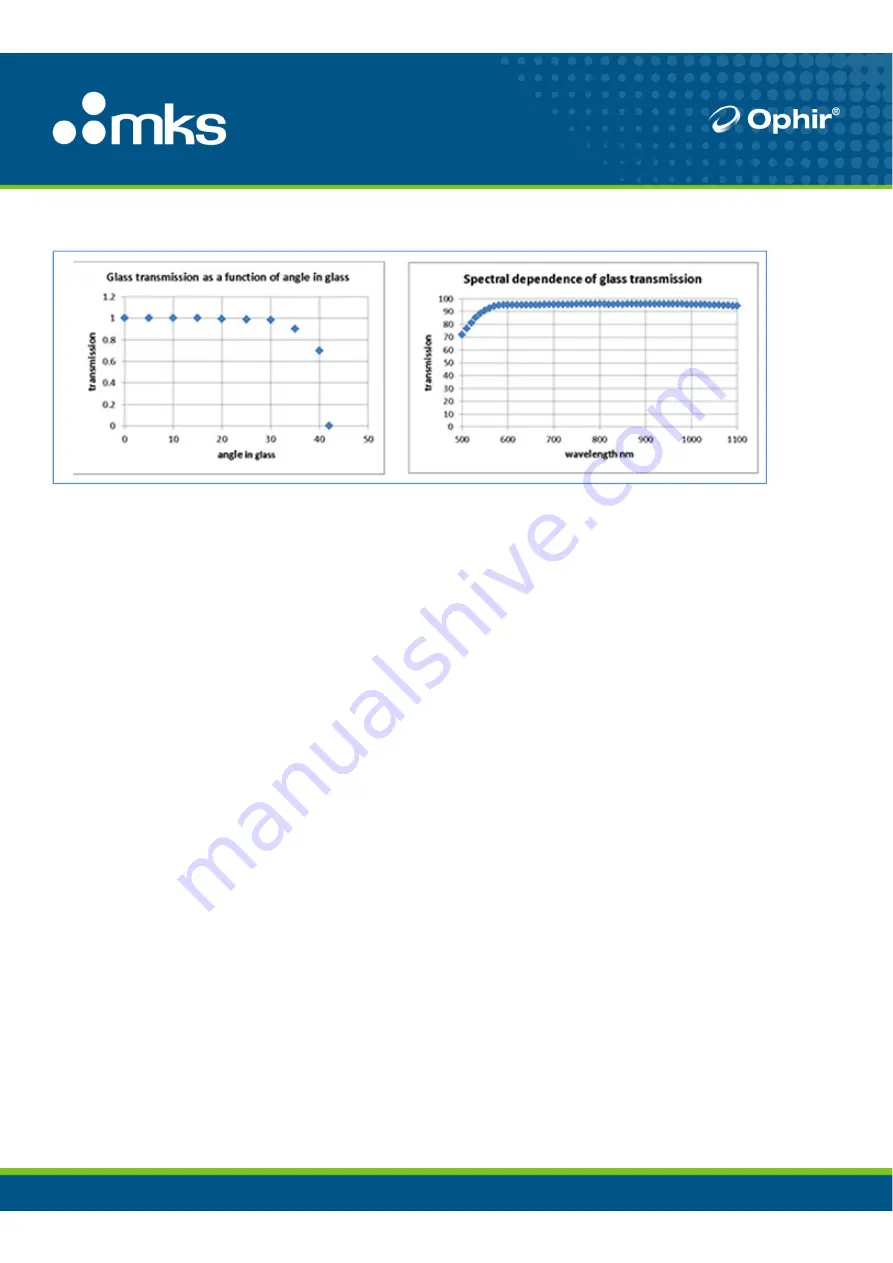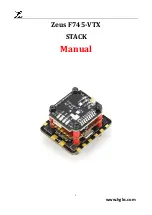
MKS CONFIDENTIAL
4
of
5
Analysis and calibration factor
After we have the above information we can calculate the calibration factor for the IPL sensor as follows:
Relative Absorption of Sensor Absorber:
(absorption of LP2 absorber per angle)*(transmission of window per angle)*(solid angle correction) where the
above formulas are weighted for the relative output of the IPL source at various angles.
The above formula is compared to the absorption of the collimated single wavelength calibration laser
The correction factor is then given by (absorption of laser source)/(absorption of IPL source) where this
correction factor is calculated to be 1.102
Independent check of accuracy
In order to check if the above analysis was correct, we did an independent check in two different ways:
We measured the output of the IPL source with a different type of Ophir IPL sensor, the Ophir model L40(150)A-
IPL which uses a pyramidal light guide and which had been independently analysed and calibrated in the past.
The aperture of the DB type sensor is 22x22mm so the IPL source of 10x48mm was checked to see if its output
was uniform over the surface and the measurement was adjusted to compensate for the fact that only 22/48 of
the output was measured.
The L50(300)A-IPL as calibrated using the calculated calibration factor read within 2% of the DB head.
We then measured the output of the IPL when placed directly on the sensor surface and coupled with gel. In this
case, the IPL light guide in contact with the sensor surface changes its measurement characteristics so we
corrected for that by measuring the effect. We did this by passing a collimated laser beam through the light
guide and measuring the difference in reading when the light guide is in contact vs when it is not in contact
The L50(300)A-IPL as calibrated using the calculated calibration factor read 2.6% lower than the same head
when the laser was in direct contact with the absorber surface.























